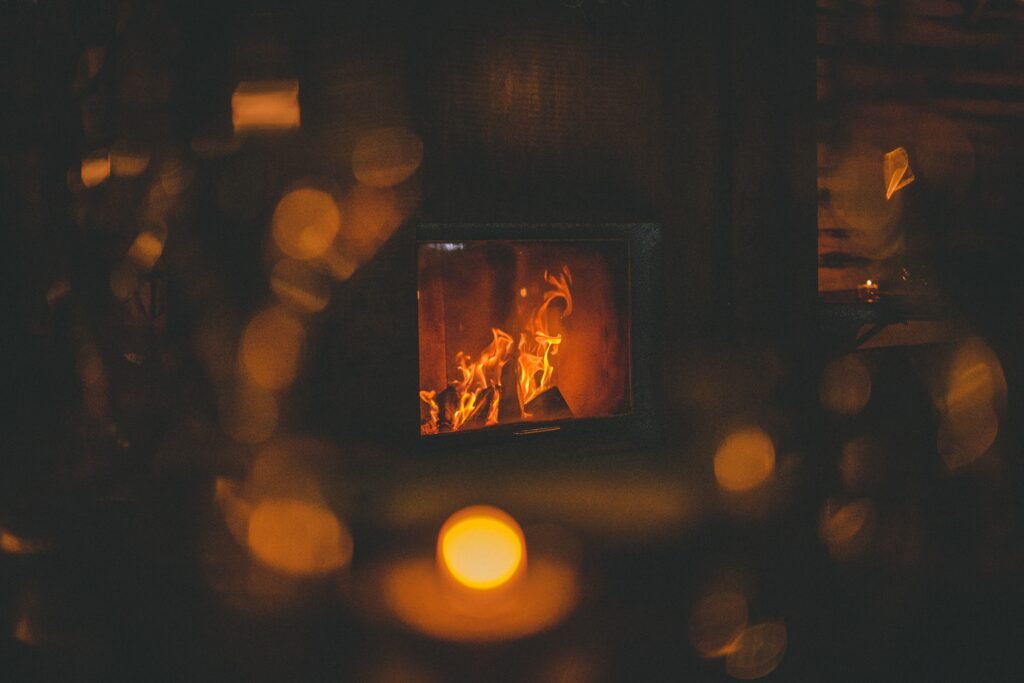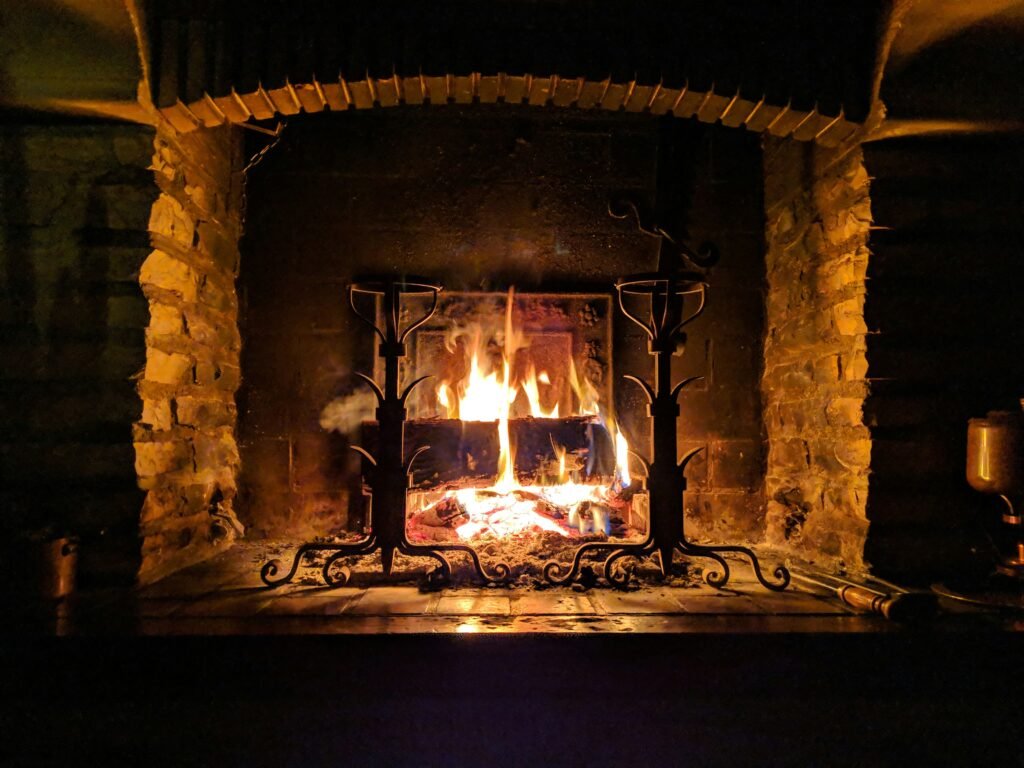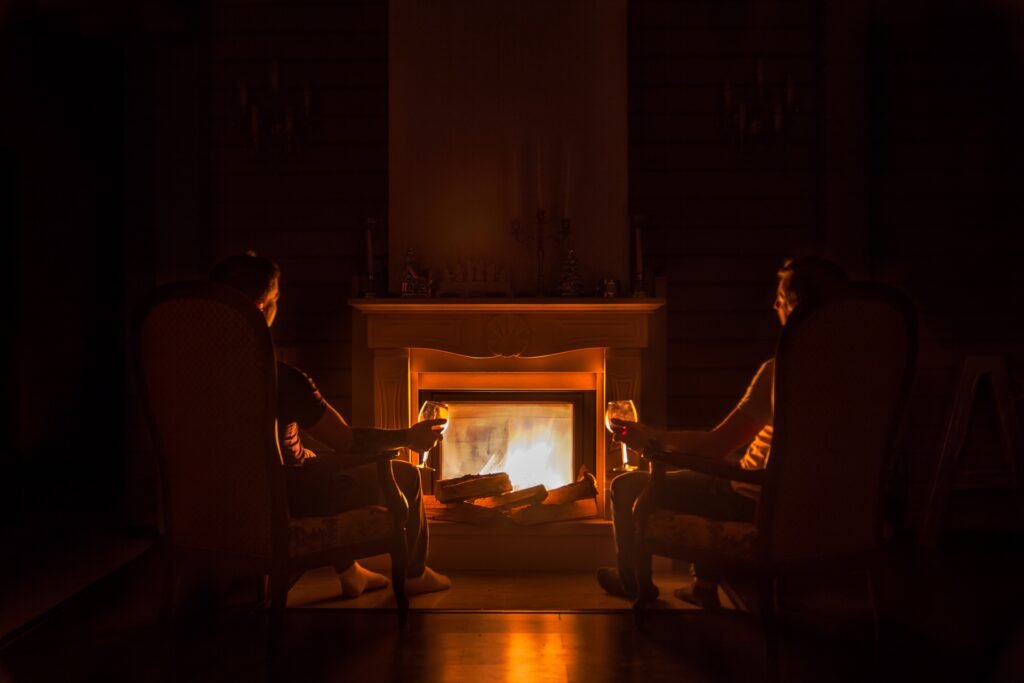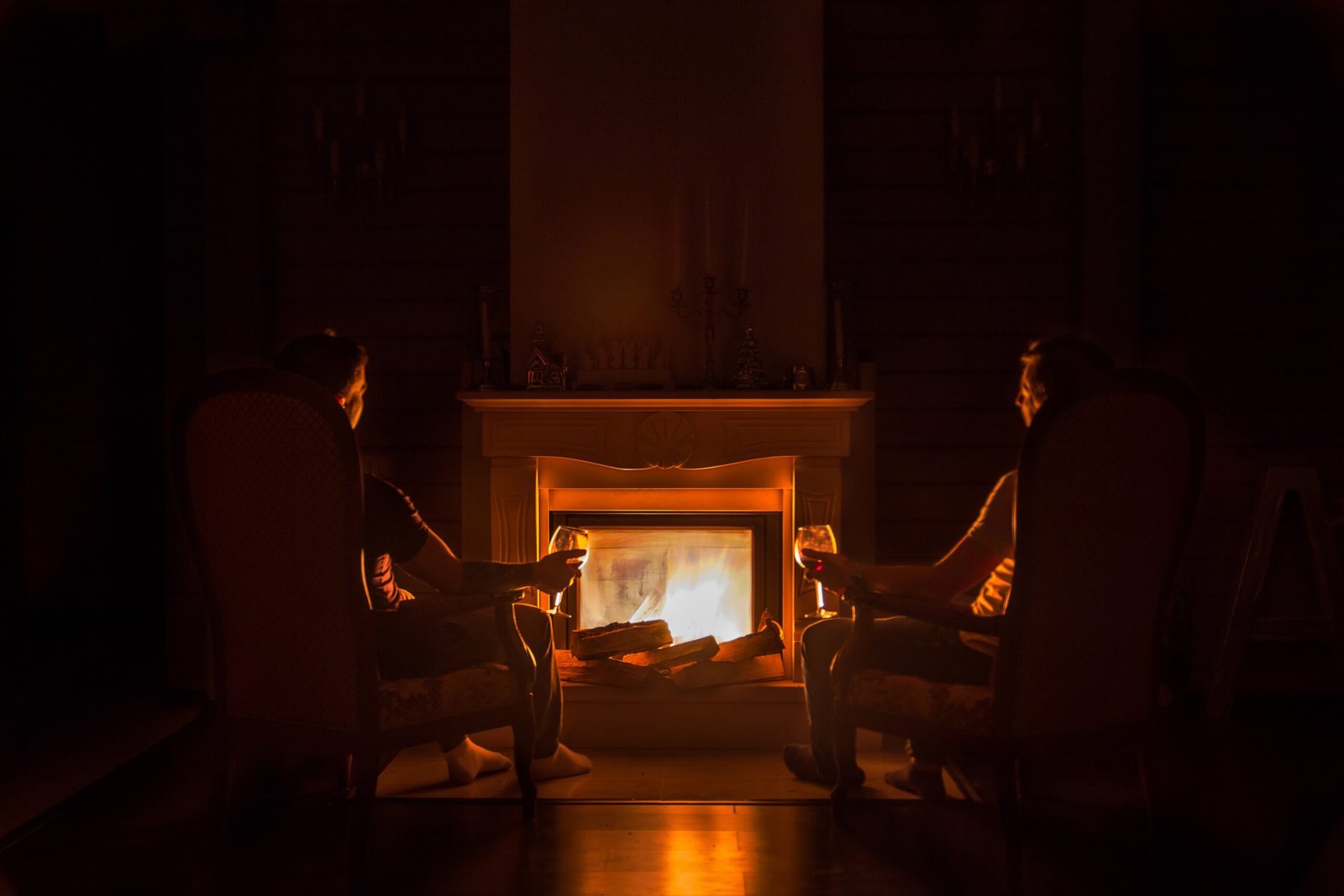Hey there! Looking for some tips on how to keep your fireplace in tip-top shape? Well, look no further. Our guide, “Maintaining Your Fireplace: A Fireside TLC Guide,” is here to provide you with all the information you need to ensure your fireplace is operating at its best. From cleaning and maintenance to troubleshooting common issues, we’ve got you covered. So grab a cozy blanket, grab a cup of hot cocoa, and let’s get started on keeping your fireplace roaring!

This image is property of images.unsplash.com.
Where To Buy Fireplace Maintenance Tools
Choosing the Right Fireplace for Your Home
When it comes to choosing the right fireplace for your home, there are a few factors to consider. The first thing to think about is the type of fuel you want to use. There are several options available, including wood, gas, and electric fireplaces. Each type has its own advantages and disadvantages. For example, wood fireplaces provide a cozy ambiance and natural heat, but require regular maintenance and cleaning. Gas fireplaces, on the other hand, are convenient and easy to use, but may not provide the same level of authenticity as a wood-burning fireplace. Electric fireplaces are a great option for those who want the look and feel of a real fire without the hassle of maintenance.
Another important consideration when choosing a fireplace is the size and style. You’ll want to make sure that the fireplace you choose is the right size for your space. Measure the area where you plan to install the fireplace to ensure the perfect fit. Additionally, consider the style and design of the fireplace. There are many options available, from traditional to modern, so choose one that complements the overall aesthetic of your home.
Lastly, don’t forget to check for safety features. Fireplaces can pose a potential hazard if not properly equipped with safety features. Look out for features such as glass doors that can prevent sparks from escaping, automatic shut-off switches, and carbon monoxide detectors. These safety features will give you peace of mind while enjoying the warmth and comfort of your fireplace.
Preparing Your Fireplace for Use
Before you start using your fireplace, it’s essential to prepare it properly. The first step is to inspect and clean the chimney. Over time, creosote and other debris can accumulate in the chimney, posing a fire hazard. Hire a professional chimney sweep to clean and inspect the chimney thoroughly. They will remove any buildup and ensure that the chimney is in good working condition.
Next, check for any damage to the fireplace. Look for cracks in the firebox, loose bricks, or damaged gas lines if you have a gas fireplace. Address any issues promptly to prevent further damage and ensure the safety of your fireplace.
Once your fireplace is in good condition, stock up on firewood and accessories. If you have a wood-burning fireplace, make sure to choose seasoned firewood that has been properly dried. This will ensure cleaner and more efficient burning. Additionally, consider investing in tools such as a fireplace grate, fireplace tools, and a log holder to make tending to the fire easier and safer.
Get The Best Deals On Fireplace Cleaning Products
Cleaning and Maintaining the Fireplace Interior
To keep your fireplace in peak condition, regular cleaning and maintenance are necessary. Start by removing ashes and debris from the firebox. Use a fireplace shovel or vacuum designed for fireplaces to safely remove ashes without creating a mess. Removing the ashes regularly will prevent them from building up and interfering with the airflow.
After removing the ashes, clean the firebox and grate. Use a stiff brush and warm, soapy water to scrub away any soot or residue. This will not only keep your fireplace looking clean, but also prevent any buildup that could affect its performance.
Lastly, don’t forget to check and clean the chimney flue. Over time, soot and creosote can accumulate in the flue, leading to blockages and potential fire hazards. Hire a professional chimney sweep to clean the flue thoroughly and ensure that it is clear and functioning properly.
Maintaining the Fireplace Exterior
While it’s important to maintain the interior of your fireplace, it’s equally essential to keep the exterior clean and well-maintained. Start by cleaning the surrounding area. Sweep away any debris, dust, or cobwebs that may have accumulated around the fireplace. This will not only improve the aesthetics but also prevent any potential fire hazards.
Next, inspect and clean the fireplace doors. If you have glass doors, they may become dirty or smudged over time. Use a glass cleaner and a soft cloth to clean the doors, ensuring that you have a clear view of the fire.
If your fireplace has a metal or stone exterior, consider polishing or painting it to give it a fresh look. Follow the manufacturer’s instructions for the appropriate cleaning and polishing products to avoid damaging the surface.

This image is property of images.unsplash.com.
Ensuring Proper Ventilation
Proper ventilation is crucial for the safe and efficient operation of your fireplace. Begin by inspecting the air vents. Ensure that they are clear of any obstructions and can effectively draw in fresh air for the combustion process. Dust or debris accumulation in the vents can hinder airflow, so it’s important to clean them regularly.
Additionally, clean the ventilation system if your fireplace is equipped with one. This includes fans, blowers, or ductwork that help distribute the warm air throughout your home. Dust or dirt accumulation in these components can reduce their effectiveness, so make sure to clean them as recommended by the manufacturer.
Lastly, check for any blockages in the chimney or flue. Birds’ nests, leaves, or other debris can obstruct the airflow and pose a fire hazard. Have a professional chimney sweep inspect and clean the chimney annually to ensure that it is clear and functioning properly.
Maintaining the Hearth and Mantel
The hearth and mantel are essential components of your fireplace that can enhance its aesthetics and functionality. Start by cleaning and polishing the hearth. If it’s made of stone, use a non-abrasive cleaner and a soft cloth to remove any dirt or stains. For a wooden hearth, use a wood cleaner and a soft brush to remove any buildup or grime. Polish the hearth to give it a beautiful shine and protect the surface.
Next, inspect and refinish the mantel if needed. Look for any scratches, chips, or worn-out areas. Depending on the material, you may need to sand and re-stain a wooden mantel or repair and repaint a metal one. Refinishing the mantel will not only improve its appearance but also extend its lifespan.
Once the hearth and mantel are clean and in good condition, you can decorate the mantel area to add a personal touch. Displaying candles, artwork, or seasonal decorations can transform your fireplace into a focal point of your home.

This image is property of images.unsplash.com.
Practicing Safe Fireplace Usage
Safety should always be a top priority when using a fireplace. To ensure safe usage, always use a fireplace screen. A screen will prevent sparks from escaping and potentially causing a fire. It will also provide a barrier to keep children and pets away from the fire, reducing the risk of burns.
Keep flammable items away from the fireplace. Avoid placing furniture, curtains, or other combustible materials too close to the hearth. Maintaining a clear zone around the fireplace will minimize the risk of accidental fires.
Properly dispose of ashes to avoid any potential fire hazards. Allow the ashes to cool completely in a designated metal container before disposing of them. Store the container outside, away from any flammable materials, until you can safely dispose of the ashes.
DIY Fireplace Maintenance Tips
While some maintenance tasks are best left to professionals, there are a few DIY tips you can follow to keep your fireplace in good condition. Inspect and replace damaged bricks as needed. Cracked or broken bricks can affect the structural integrity of the fireplace and lead to further damage. Replace them promptly to ensure the safety and functionality of your fireplace.
Seal any gaps or cracks in the fireplace. Use caulk or refractory cement to fill in the gaps between the bricks or stones. This will prevent air leaks and improve the efficiency of your fireplace.
Check and repair any damage to the chimney cap. The chimney cap helps keep rain, animals, and debris out of the chimney. Ensure that it is in good condition and replace it if necessary.
Importance of Regular Professional Fireplace Maintenance
While regular DIY maintenance is important, scheduling annual professional inspections is equally crucial. A certified chimney sweep can identify any hidden issues and perform a thorough cleaning and maintenance of your fireplace. They have the knowledge and experience to detect potential problems that may not be apparent to the untrained eye.
Hiring a certified professional also ensures that the work is done correctly and in compliance with safety standards. They can provide recommendations and advice specific to your fireplace, helping you get the most out of it while keeping your home safe.
The benefits of professional maintenance are numerous. Regular inspections can catch small issues before they become major problems that require costly repairs. A well-maintained fireplace will also operate more efficiently, leading to better heat output and reduced energy costs. Additionally, professional maintenance helps prolong the lifespan of your fireplace, ensuring years of enjoyment for you and your family.
Troubleshooting Common Fireplace Issues
Even with regular maintenance, it’s possible to encounter some common fireplace issues. One common problem is smoke and draft. If you notice smoke coming into your home instead of going up the chimney, it could be due to a blocked chimney, a faulty damper, or improper ventilation. Contact a professional to diagnose and fix the issue.
Another issue is poor heat output. If your fireplace isn’t providing enough warmth, it could be due to an issue with the damper, insufficient insulation, or improper fuel. A professional can identify the cause and recommend the appropriate solution.
Finally, if you experience unpleasant odors coming from your fireplace, it could be due to creosote buildup or a blockage in the chimney. Regular cleaning and inspections by a certified professional can help prevent or address this issue.
By following these maintenance tips and promptly addressing any issues, you can ensure that your fireplace remains in peak condition for years to come. Remember to prioritize safety and enjoy the cozy warmth and ambiance that your fireplace brings to your home.




